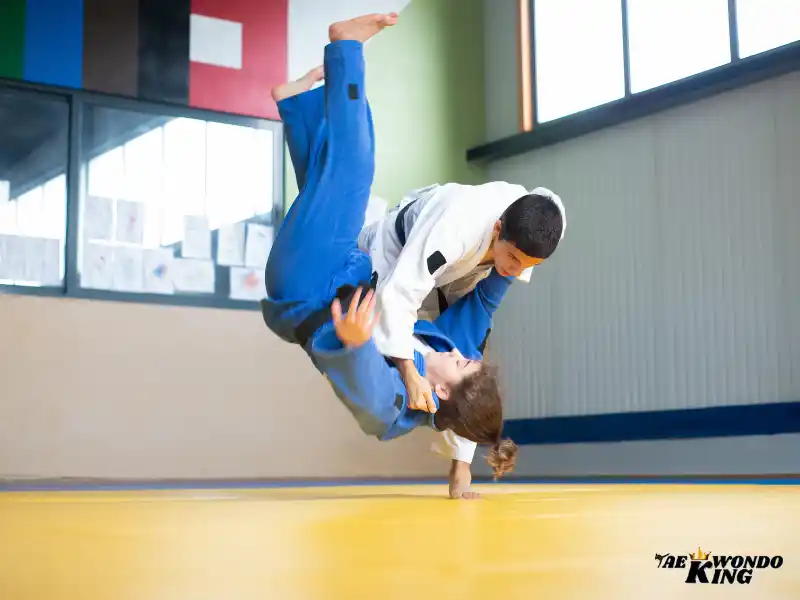
Judo, a captivating martial art rooted in tradition and philosophy, offers a unique journey of physical development and personal growth. It will improve your balance, flexibility, and agility. Judo will make you more fit. It will help you to develop self-discipline. It will help you to defend yourself. This comprehensive guide is tailored to those taking their first steps into the world of Judo, offering insight into its history, techniques, benefits, and how to embark on this transformative martial arts journey. Today we are talking about A Beginner’s Guide to Judo.
Judo, meaning “gentle way,” is a modern martial art and Olympic sport founded by Jigoro Kano in Japan in the late 19th century. Rooted in the principles of balance, leverage, and harmony, Judo emphasizes using an opponent’s strength and momentum to achieve victory. Its objective is to throw or pin an opponent to the ground, or to submit them through joint locks or strangleholds. Beyond physical techniques, Judo encompasses philosophical values that encourage personal development and ethical conduct.
Judo and Brazilian Jiu-Jitsu are similar sports. The Rules The biggest difference between Judo and Brazilian Jiu-Jitsu. There are lots of benefits that come with judo. One of the best benefits is that it is an excellent sport for children. If you teach your child how to fight using judo, he/she will develop his/her muscles and gain confidence in fighting. It can also be used as self-defense. Also, judo can improve your physical health. This sport has helped many people to lose weight and gain muscle. Your body will benefit if you learn the sport of judo.
Benefits of Practicing A Beginner’s Guide to Judo
A Beginner’s Guide to Judo, more than just a martial art, is a path to self-improvement and holistic well-being. Its benefits extend far beyond the dojo walls, influencing physical, mental, and emotional aspects of life. Engaging in Judo builds cardiovascular fitness, muscular strength, and agility. Yet, it’s the mental and emotional gains that truly set Judo apart.
As practitioners hone techniques and navigate challenges, mental resilience and self-confidence flourish. Judo’s emphasis on respect and fair play fosters a strong sense of discipline and respect for others. Moreover, the principles of “Maximum Efficiency with Minimum Effort” and “Mutual Welfare and Benefit” guide practitioners to harmonious interactions both on and off the mat. Whether you’re seeking physical fitness, personal growth, or a path to self-discovery, Judo offers a journey that instills values, skills, and a renewed perspective on life.
The benefits of practicing judo include self-confidence, self-control, self-discipline, mental and physical fitness, and self-defense. It is also a sport that will make you fit, strong, agile, flexible, and healthy. It will also increase your mental alertness and concentration. You will learn how to use the power of your mind. It is very helpful in building confidence, which will allow you to get through tough situations and become successful. As you train more, you will learn to overcome fear and become a better person. You will focus on the task at hand. It will improve your reflexes and agility. You will improve your balance and control. You will learn how to defend yourself. It will help you to deal with bullies. It will help you to gain mental toughness and it will help you to develop self-discipline.
Basic Techniques of Judo
Beginner’s Guide to Judo, a martial art rooted in balance and technique, thrives on its foundational techniques. These basic principles form the heart of Judo’s effectiveness. Throws, or Nage-waza, are the art of using an opponent’s energy to unbalance and execute throws. They encompass the dynamic hip throw (O-goshi), the powerful shoulder throw (Seoi-nage), and the graceful foot sweep (O-soto-gari).
Ground techniques, or Ne-waza, are vital for controlling opponents on the mat. Pins, joint locks, and strangleholds are components of Ne-waza. The side control (Kesa-gatame) pin and the armbar (Juji-gatame) submission are quintessential techniques. The mastery of Judo starts with mastering these basic techniques. Through dedication and practice, beginners transform these movements into the poetry of combat. These techniques are not only building blocks for advancement but also windows into Judo’s intricate beauty.
There are different types of judo. To learn judo, you can start with the beginner’s class. This is where you will learn how to do a simple move. There are also some more advanced classes where you will learn how to use the techniques in a competition. You will also learn how to defend yourself using judo techniques. There are two basic techniques used in judo.
Beginner’s Guide to Judo Training Regimen
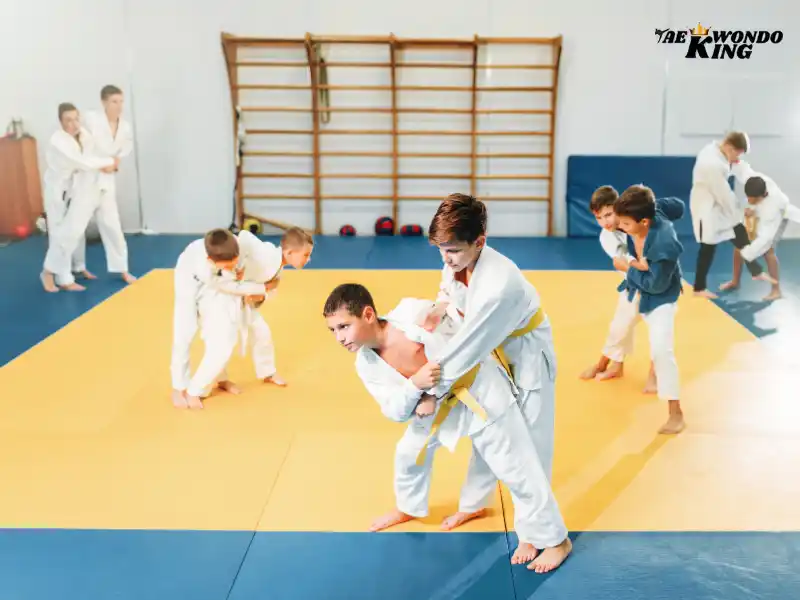
In the world of Judo, success is sculpted through discipline and a structured training regimen. The journey to mastering this art begins with warming up the body and priming it for action. Uchikomi, or repetitive practice, refines techniques and builds muscle memory. The heart of Judo training lies in randori, controlled sparring sessions that allow practitioners to test skills in real-time scenarios. Developing a sharp mind and reflexes is crucial, as quick thinking can be the key to victory.
No Judo regimen is complete without kata, choreographed sequences that teach the essence of Beginner’s Guide to Judo techniques. These movements embody the spirit and philosophy of Judo, further enriching a practitioner’s understanding. Balancing warm-ups, uchikomi, randori, and kata creates a holistic training experience that hones physical prowess and mental acuity. A structured Judo training regimen is the compass guiding practitioners toward excellence.
A Beginner’s Guide to Judo is the art of self-defense, using the opponent’s force against him/her. Judo is an excellent martial art for self-defense. However, there are several training regimens for judo. Some judo instructors will require students to learn more than one type of judo. In some cases, judo instructors will ask students to train with different equipment. For example, one instructor may ask his students to use a specific type of punching bag, while another instructor may ask them to use a different punching bag.
Beginner’s Guide to Judo Safety and Injury Prevention
Judo, a martial art rooted in respect and discipline, places safety at the forefront of its practice. As practitioners embark on their Judo journey, understanding safety measures and injury prevention is paramount. Learning proper falling techniques is fundamental. Ukemi, or break falls, teach practitioners how to land safely, reducing the risk of impact injuries during throws and groundwork. These skills not only protect the body but also instill confidence.
Respecting training partners is essential. Practicing with control and awareness ensures that both participants can learn and grow without unnecessary risks. Communication during sparring helps avoid accidents and misunderstandings. Knowing your limits and listening to your body prevents overexertion and injuries. Pushing oneself is important, but recognizing when to rest is equally crucial for long-term progress.
Using appropriate protective gear, such as judo-specific gi and mouth guards, further enhances safety. Adhering to safety protocols during practice and competitions safeguards participants’ well-being. In Judo, safety isn’t just a guideline; it’s a philosophy that fosters a positive and nurturing environment. By embracing these principles, practitioners can embark on their Judo journey with confidence, knowing that they are equipped with the knowledge and skills to prioritize safety and injury prevention.
Progression and Goals of Beginner’s Guide to Judo
In the world of martial arts, progression is an integral part of the journey, guided by setting and achieving goals. Whether you’re a novice or an experienced practitioner, having clear objectives empowers your growth and elevates your skills. Setting achievable goals is the cornerstone. These goals should be specific, measurable, attainable, relevant, and time-bound (SMART). Whether it’s mastering a new technique, attaining a higher belt rank, or excelling in a tournament, each goal fuels your dedication.
Progress tracking fuels motivation. Documenting your achievements, big or small, showcases your advancement over time. It’s a tangible reminder of the distance you’ve covered and the milestones you’ve conquered. Breaking down larger goals into smaller steps creates a roadmap. Each accomplishment fuels your confidence and propels you forward. Acknowledging setbacks as learning opportunities ensures a well-rounded journey.
Adaptability is key. Goals may shift as you uncover new passions and potentials. Flexibility allows for organic growth while maintaining the essence of your journey. In the martial arts realm, progression isn’t just about reaching a destination; it’s a continuous, transformative process. With dedication, perseverance, and well-defined goals, your journey will be a testament to your commitment and the embodiment of your martial arts spirit.
Risk of A Beginner’s Guide to Judo

A Beginner’s Guide to Judo, a martial art of finesse and power, comes with its own set of risks that practitioners should be aware of. The nature of throws and groundwork, while integral to Judo’s essence, can lead to injuries if not approached with caution and proper technique. To mitigate these risks, comprehensive training under the guidance of experienced instructors is crucial. Learning the art of falling (ukemi) is fundamental, ensuring that practitioners protect themselves during throws and takedowns.
Supervised sparring, known as randori, allows practitioners to test their skills within controlled environments. Adhering to safety protocols, such as wearing appropriate gear and practicing with respect for one another, further reduces the chances of injuries. Judo’s philosophy emphasizes mutual welfare and benefit, urging practitioners to prioritize their safety and the safety of their training partners. By acknowledging and understanding the risks associated with Judo, practitioners can approach the art with respect, awareness, and the necessary precautions, ultimately creating a secure and enriching Judo journey.
Taking Your Judo Further
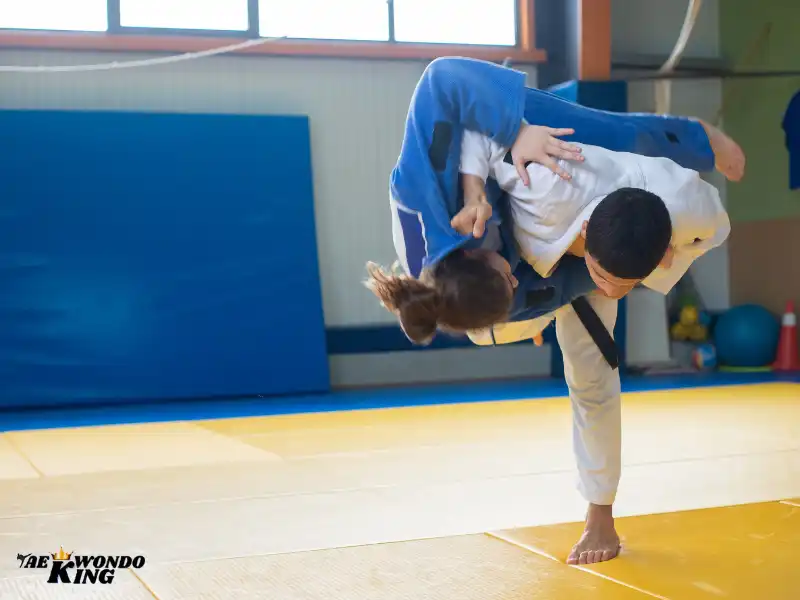
For those interested, competitive Judo offers a platform to test skills against opponents of similar skill levels. Exploring different Judo styles and techniques deepens understanding and expertise. Whether you’re pursuing Judo as a hobby or a lifelong passion, the journey will be one of continuous learning, growth, and self-discovery.
After your first lesson, you should continue your lessons. You should ask more questions so that you can learn better and improve yourself in martial arts. You should ask about the techniques and the movements in judo. Ask your coach if he knows the details of what you’re doing. You should ask him to explain the techniques that he is teaching you and you should ask him if you are doing it correctly or if you’re doing it incorrectly. You should ask if he knows any more techniques. Ask him if he has any tips and tricks that he wants you to know. If you learn a new technique, you should practice it until it becomes a habit.
In conclusion,
Judo is a martial art that offers not only physical prowess but also personal development and a unique philosophy. As a beginner, embracing the principles, techniques, and values of Judo will not only enhance your skills but also enrich your life. Whether you aspire to become a competitive Judoka or simply seek self-improvement, the path of Judo promises both challenges and rewards, shaping you into a well-rounded and disciplined individual.
Whether you are a beginner or have some experience, this guide will provide you with the basic knowledge and skills needed to start your journey in judo. Remember, practice and dedication are key to mastering this art form. So, put on your judogi and get ready to step onto the tatami!
FAQs:
What are the basic principles of Judo?
The basic principles of judo include using your opponent’s strength and momentum against them, maintaining balance and stability, and maximizing efficiency and control in your techniques. It is also important to exhibit respect, discipline, and sportsmanship both on and off the mat.
How long does it take to become proficient in Judo?
The time it takes to become proficient in judo varies for each individual and depends on factors such as frequency of training, natural ability, and dedication. However, with consistent practice and proper instruction, most people can expect to see progress and improvement within a few months to a few years.
What is Judo and how does it differ from other martial arts?
Judo is a modern martial art that originated in Japan. It focuses on throws, pins, and grappling techniques to overcome opponents. Unlike other martial arts, Judo emphasizes using an opponent’s strength and momentum against them, rather than relying solely on brute force.
Is Judo suitable for all ages and fitness levels?
Judo can be practiced by people of all ages and fitness levels. Whether you are a child, teenager, or adult, there are Judo classes and training programs available to suit your needs. It is important to start at your own pace and gradually build up your skills and fitness level over time.
How to achieve a black belt in judo?
To achieve a black belt in judo, you will need to follow these general steps:
1. Start by finding a reputable judo school or club and enroll in classes. It is important to learn from qualified and experienced instructors.
2. Attend classes regularly and consistently. Consistent training is crucial for skill development and progress in judo.
3. Learn and master the basic techniques and principles of judo. This includes throws, holds, pins, and submissions.
4. Progress through the various belt levels, typically starting with a white belt and advancing through colored belts (such as yellow, orange, green, blue, and brown) before reaching the black belt.
5. Train and compete in judo tournaments and matches to gain practical experience and test your skills against other judo practitioners.
6. Dedicate time to physical conditioning and strength training to improve your overall fitness and stamina.
7. Show dedication, discipline, and a strong understanding of judo’s principles and values, such as respect, humility, and sportsmanship.
8. Once you have gained sufficient experience and skill, you can aim to take the black belt grading examination. This examination usually involves demonstrating proficiency in various techniques, knowledge of judo theory, and sometimes even competing in matches against other black belt candidates.
Remember that achieving a black belt in judo requires years of dedicated training, perseverance, and commitment. It is a journey that requires continuous learning and improvement.

Founder, Owner, and CEO of TaekwondoKing.
He is one of the top 100 martial artists in the World and among the top 20 referees in Bangladesh.
Ehatasamul Alom is an esteemed Kukkiwon Certified Taekwondo 3rd Dan Black Belt with over 15 years of experience in this dynamic martial art. Born in Rajshahi, Bangladesh, Ehatasamul’s journey with Taekwondo began at the tender age of seven. His passion led him to compete at national and international levels, where he has bagged numerous awards and honors. He is also a member of the Taekwondo National Referee Panel.
With a Bachelor’s degree in Sports Science from the prestigious Rajshahi University, Ehatasamul has a deep understanding of the technical and scientific aspects of martial arts and some other martial arts.
In 2022, Ehatasamul created the “TaekwondoKing.com” to share his knowledge, Free Resources, Values, and Real experiences. His articles focus on Taekwondo training techniques, competition strategies, Sport Products Reviews, and the art’s rich history and philosophy. He also writes about the importance of mental fortitude and discipline, key aspects of his teaching philosophy. He has already launched many sports, Taekwondo, and health-related Free online tools. His goal is to inspire both beginners and seasoned practitioners worldwide through insightful and engaging content.
If you need any help, contact Ehatasamul Alom at any time.

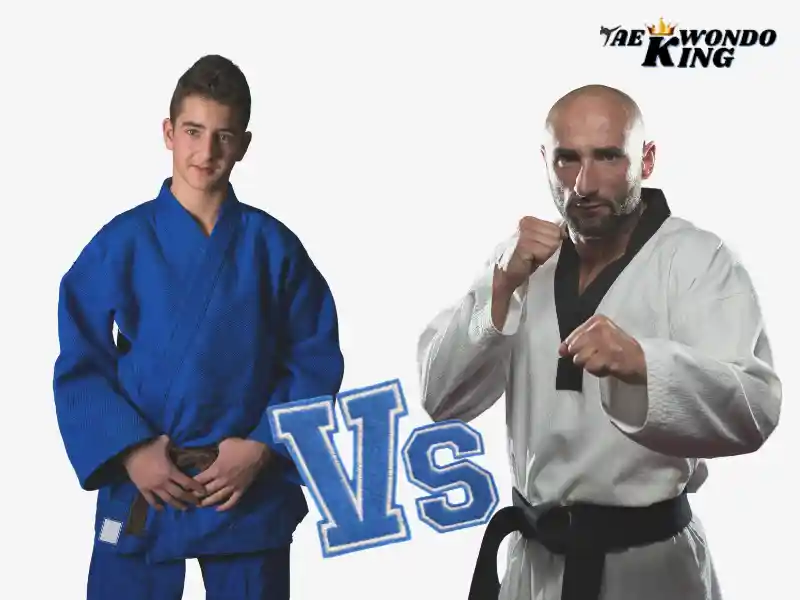
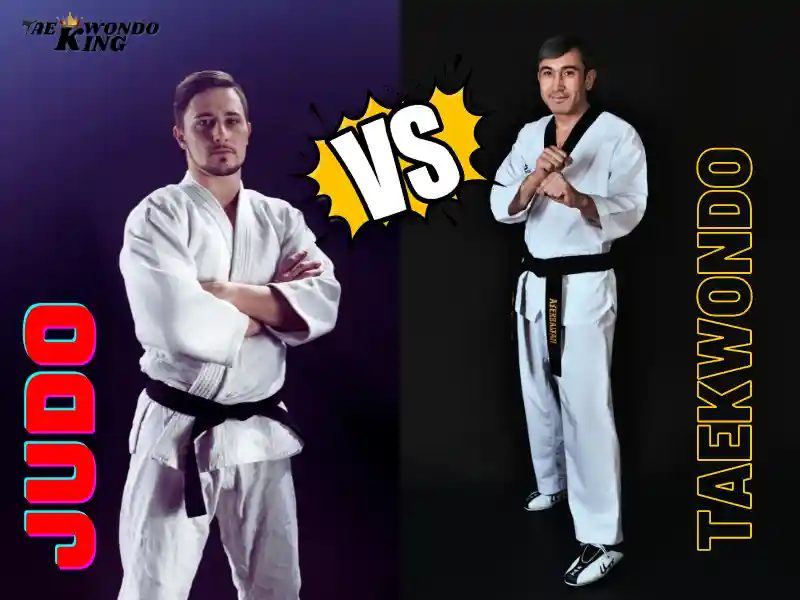
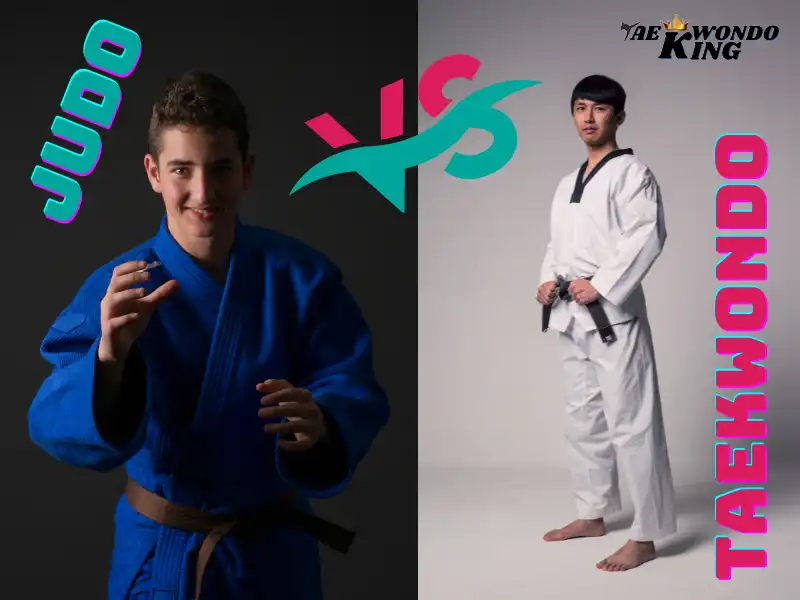
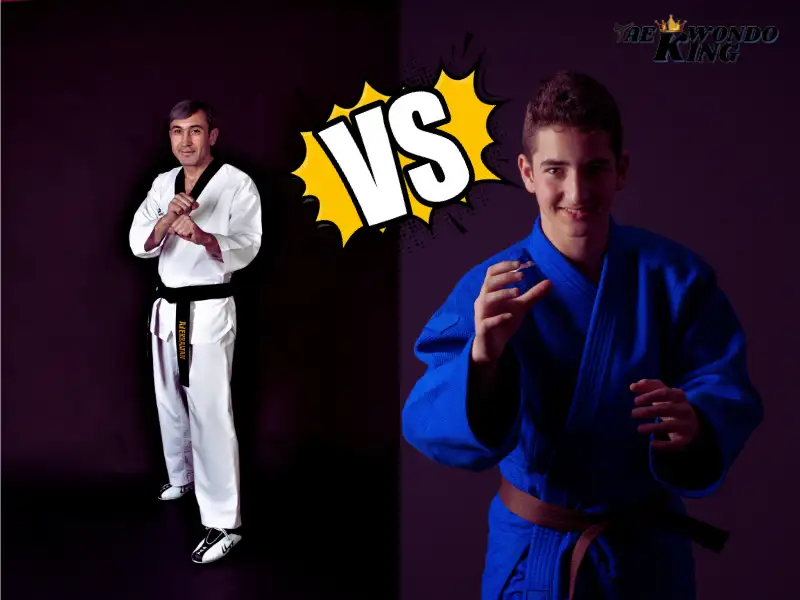
I genuinely love how Judo, even at a beginner level, offers a complete mind-body workout. I’ve tested its ability to relieve stress and improve emotional regulation, making it an amazing tool for my overall well-being.
I’ve found that the regular practice stemming from a beginner’s guide to Judo has significantly improved my physical endurance and resilience. I love how it pushes my limits in a positive way, helping me stay energized throughout my busy days.
Hello…. I constantly appreciate how Judo, right from the start, teaches respect for your training partners and instructors. This foundational value has profoundly impacted my interactions outside the dojo, a principle I love and strive to live by.
My initial apprehension quickly turned into excitement because “A Beginner’s Guide to Judo” made the complex seem approachable. I love how it breaks down techniques into manageable steps, allowing me to try and test new skills immediately.
I honestly believe Judo’s emphasis on throws is incredibly practical for self-defense, even for beginners, because it teaches control without necessarily escalating violence. I’ve seen its effectiveness and truly value this aspect.
I’ve found the supportive community aspects outlined in a beginner’s guide to Judo to be incredibly real and welcoming. I love how beginners are encouraged, making the learning environment fantastic for building confidence and camaraderie.
I genuinely appreciate how “A Beginner’s Guide to Judo” frames learning as a continuous process, not just about techniques but about personal growth. I love this philosophy of ongoing improvement, which I’ve embedded into my life goals.
Hii,, My experience with a beginner’s guide to Judo quickly built my core strength and overall body awareness. I’ve consistently felt the benefits in my posture and stability, making daily activities feel more effortless and balanced – truly amazing.
I absolutely love how Judo, even from the start, teaches you to use an opponent’s momentum to your advantage. I’ve tested this “gentle way” principle, and it’s incredibly empowering to redirect force rather than resist, which I apply beyond the mat.
I’ve found that “A Beginner’s Guide to Judo” excellently highlights the mental discipline required, which I’ve actively used to improve my focus and decision-making under pressure. It’s fantastic how this beginner-level training immediately impacts real-life clarity.
My journey starting Judo truly emphasized the importance of ukemi (break falls), and I honestly love how proficient I’ve become at falling safely. This skill has been incredibly practical, saving me from bumps in everyday life, making it perfect for everyone.
I genuinely love how “A Beginner’s Guide to Judo” introduced me to the concept of kuzushi (off-balancing); I’ve personally tested it in drills, and it’s amazing how effectively it minimizes effort, a principle I now use daily in many tasks.
I genuinely appreciate how a good “Beginner’s Guide to Judo” introduces the philosophical aspects of the art alongside the physical. I love how it emphasizes continuous self-improvement and mutual welfare, values I strive to embody daily, making it more than just a sport.
My initial apprehension as a beginner quickly faded because Judo focuses on learning by doing, with immediate practical application. I’ve tested its principles in live drills, and the active learning process is truly amazing and deeply engaging.
I love how Judo, even at a beginner level, enhances my mental toughness and resilience. I’ve found that pushing through challenges on the mat builds a mindset that helps me tackle difficult situations in my real life with confidence.
I honestly believe Judo is perfect for beginners because it’s highly adaptable and focuses on safety from the start. I’ve seen firsthand how the careful instruction on break falls makes the learning process enjoyable and incredibly secure.
For anyone starting out, a beginner’s guide to Judo clearly lays out the progression, making the journey feel achievable. I love how it demystifies complex concepts, allowing me to consistently test and improve my skills in a structured way.
I’ve personally found the process of learning basic Judo throws incredibly rewarding; it’s amazing how quickly you can grasp the mechanics. I love the sense of accomplishment with each successful technique, which fuels my motivation.
My experience with a beginner’s guide to Judo highlighted the importance of mutual respect, which I’ve actively integrated into my interactions. It’s fantastic how the art fosters such a positive and supportive training environment for everyone.
I love how Judo, even for beginners, instantly builds incredible core strength and balance. I’ve found that the regular practice translates directly to better posture and stability in my everyday movements, making me feel physically amazing.
I genuinely appreciate how “A Beginner’s Guide to Judo” emphasizes core principles like “maximum efficiency with minimum effort.” I’ve personally tested this concept on the mat, and it’s incredibly effective, surprisingly applicable even to my daily problem-solving.
Starting Judo as a beginner was one of the best decisions I’ve made; I absolutely love how quickly I learned practical self-defense techniques like falling safely. It’s truly amazing how it empowers you from day one, giving me newfound confidence in real life.